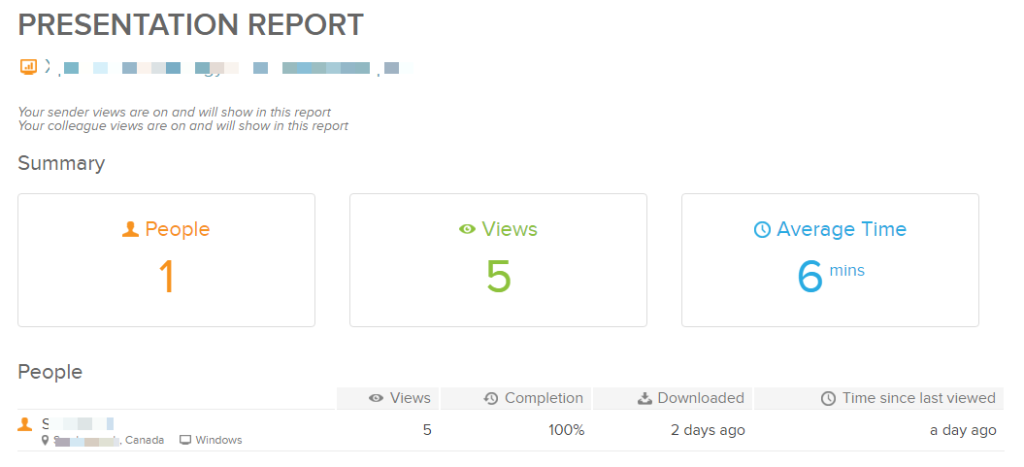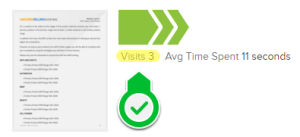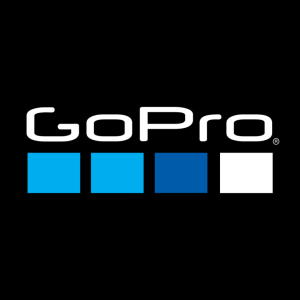Intelligence Tracking takes the uncertainty after you e-mail a proposal to your prospect. You’ll know and understand what to anticipate, and how to respond. Having such information is critical to increasing the likelihood of closing high level sales.
As a marketer, for many years I’ve been obsessed with data and economics. That obsession has really helped me bring something unique to the table to the marketing profession and industry. One of these innovations is the understanding of how to find intelligence on your prospective leads, and use the data to determine the answer to these two questions:
- Is this prospect taking my proposal seriously?
- Which prospects should I be spending most of my time with?
Not only were these questions important to my sales team, it was something many of my prospects were asking. It was these two questions that led me to determine the 6 intelligence metrics that will double your sales. As you read the information on business intelligence, you will definitely appreciate how this can add value to your practice. This would be especially useful if you’re running a consulting practice or sell high level services.
These intelligence metrics will double your business…
- Frequency of Email Opened
This metric is one of the first places to start. This one really determines all the other 6 I’ll be discussing. At the end of the day if your prospect hasn’t even opened your email, then you haven’t captured their interest yet. Now this could mean that they are busy and just haven’t yet gotten round to your proposal. Some of my biggest clients have taken weeks (even months) to open an email. However knowledge is power, and just having an understanding of whether your email has been opened will give you the confidence to follow-up with your prospect. Maybe they just need a quick reminder? Maybe they’ve just been hiding the fact that they are not interested? Either way, at least you’ll know whether to spend any more time or not. Your time is your most valuable asset!Another important reason worth mentioning is finding out the level of interest in your email. If your prospect opens your email 3,4, or even 18 times, what does that mean!? It could be that he or she is super engaged, which makes the prospect even more qualified! It could also mean that he or she is indecisive, which is always a red flag. Either way, you’ll be more confident in your next move. - Frequency of Link(s) Clicked
If you’ve decided to share a link or an article on your blog, that’s a hyperlink that can be tracked. The engagement on that link will give you a clear indication on your prospect’s intent. He or she may not even click the link, in which case you may want to change your approach or move on to another prospect. Similarly to the first point, if your prospect is clicking the link multiple times, this is a clear indication of his or her’s interest in what you’ve shared. This will give you the confidence in shortlisting this prospect, and escalating towards closing a sale. As opposed to frequency of email opened, frequency of click makes the engagement level more certain and definitive. - Average Proposal Reading Time
Now we’re getting in to the good stuff! If you’re seasoned as a business owner or sales leader, you’ve probably sent out many proposals to your prospects. When you send out emails to your prospects, you can set tracking on the attached proposal. Once the email is sent, you can sit back and wait for the data to come through. Eventually you’ll find out how much time on average does your prospect spend reading your proposal. You know if it’s more than a minute, he or she is most likely giving it a serious review.

- Average Time Spent Per Page
Understanding the engagement levels on each individual page of your proposal will give you a clear understanding on which content is your prospect taking more seriously. If your prospect is spending more time on the pricing page of your proposal, you can probably make an educated guess that he or she is spending time thinking about the investment opportunity. I’ve had prospects who are interested in the process, and others may spend more time on the section that talks about the services. These are all clues on your next steps. The screenshot below is an actual proposal sent by our team to a prospect, and we track his engagement per page.
- Number of Visits Per Page
Understanding the number of times your prospect has come back to read specific a page will help you evaluate which page required the most attention. Having this knowledge can give you an idea of how the prospect is approaching the proposal.
- Prospect Reading Completion
Prospect Reading Completion comes as a percentage, and knowing how much of the proposal is complemented will right away tell you if the prospect has read the entire proposal. If there are parts that have not been read, not only will you be able to tell which parts, you’ll be able to advise and review over the neglected parts with the prospect. This metric will also tell you if the prospect may have skimmed the material, in which case it’s also best to check the reading time to determine this.
If you’d like to know more on how to implement intelligence in your business. Book your complimentary strategy session with us, and we’ll show you how.













